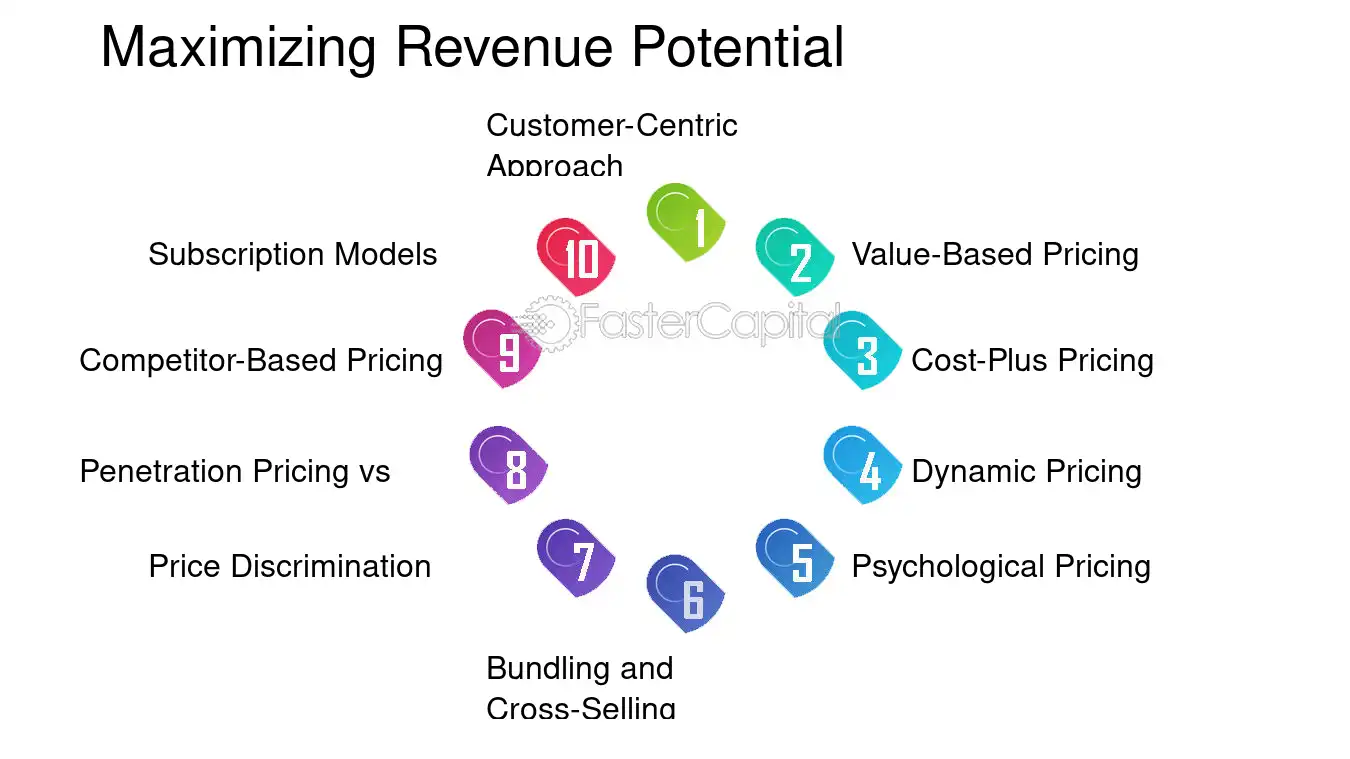Did you know that using leverage in trading is like trying to walk a tightrope while juggling flaming torches? It can be thrilling, but one misstep could lead to disaster. In this article, we delve into the crucial relationship between leverage, position size, and risk management. Discover how leverage impacts your position size, the potential for increased losses, and the importance of calculating position size accurately. Learn about the benefits and risks of using leverage, common ratios, and best practices for safe trading. Additionally, we’ll explore how market volatility interacts with leverage and tips to mitigate risks effectively. Join us as we navigate the fine line of leveraging your trades with insights from DayTradingBusiness.
How Does Leverage Impact Your Position Size?
Leverage multiplies your position size by borrowing funds, allowing you to control a larger trade with less capital. Higher leverage means bigger positions relative to your account balance, increasing potential profits but also amplifying losses. It effectively boosts your exposure to market movements, so small price swings can significantly impact your risk and reward. Use leverage wisely; too much can wipe out your account quickly if the market moves against you.
What is the Relationship Between Leverage and Risk?
Higher leverage increases your position size relative to your capital, amplifying potential gains but also magnifying losses. The more leverage you use, the greater your exposure to market swings, making your trading riskier. Essentially, leverage boosts your buying power but also heightens the chance of significant losses if the market moves against you.
How Can High Leverage Increase Your Losses?
High leverage amplifies your position size, which means even small market moves can cause significant losses. If the market moves against you, your losses are magnified because you're controlling a larger position with borrowed funds. This increased exposure can quickly wipe out your account if not managed carefully. For example, a 1% unfavorable move on a highly leveraged position can equal or exceed your entire investment.
How to Calculate Position Size with Leverage?
To calculate position size with leverage, divide your total trading capital by the leverage ratio. For example, with $1,000 and 10x leverage, your position size is $10,000. This means you’re controlling a larger position, increasing both potential gains and risks. Always consider your risk tolerance and set stop-loss levels accordingly to manage leverage’s amplified impact.
What Are the Benefits of Using Leverage in Trading?
Using leverage allows you to control larger positions with less capital, amplifying potential gains. It increases your exposure to market moves, which can boost profits if the trade goes your way. However, leverage also magnifies risks; losses can quickly exceed your initial investment. Proper leverage management helps optimize position size while controlling risk, enabling more strategic trading.
How Does Leverage Affect Margin Requirements?

Leverage increases your position size with less capital, but it also raises margin requirements. Higher leverage means you need less margin to open a trade, but it amplifies both potential gains and losses. If the market moves against you, the margin needed to maintain your position can quickly increase, risking a margin call or liquidation. Essentially, leverage magnifies your risk, making margin requirements more stringent as leverage rises.
What Are the Risks of Using Excessive Leverage?
Using excessive leverage increases your position size beyond your account balance, amplifying potential losses. It can quickly deplete your funds if the market moves against you, leading to margin calls or account liquidation. High leverage reduces your margin for error, making small price swings deadly. It also raises the risk of emotional trading decisions driven by fear or greed. In volatile markets, excessive leverage can turn minor setbacks into significant financial damage.
How to Manage Risk When Leveraging?
To manage risk when leveraging, keep your position size proportional to your capital, avoiding over-leverage that amplifies losses. Use stop-loss orders to limit downside, and don’t chase bigger positions without assessing potential risk. Regularly review your leverage ratio to prevent overexposure. Remember, higher leverage increases both gains and losses, so keep leverage levels conservative relative to your risk tolerance.
How Does Leverage Influence Your Profit Potential?

Leverage amplifies your position size, allowing you to control bigger trades with less capital. This increases potential profits because gains are calculated on the larger position. But it also magnifies risk; a small unfavorable move can wipe out your investment quickly. Using high leverage means higher profit potential, but it significantly raises the chance of larger losses.
What Are Common Leverage Ratios in Trading?
Common leverage ratios in trading include 2:1, 5:1, 10:1, 20:1, and 50:1. Higher ratios like 50:1 or 100:1 allow larger position sizes with less capital but increase risk of significant losses. Lower ratios such as 2:1 or 5:1 offer more buffer against market swings. Choosing the right leverage ratio depends on your risk tolerance and trading strategy.
How Do Market Volatility and Leverage Interact?
Market volatility increases the risk of large price swings, which can amplify losses when using leverage. Leverage magnifies your position size, so in volatile markets, small price movements can lead to bigger gains or bigger losses. Higher leverage means less margin for error, making your position more sensitive to sudden volatility. When volatility spikes, your leveraged position can quickly wipe out your capital if the market moves against you. Using leverage in volatile markets requires careful risk management to avoid margin calls and significant losses.
What Are the Best Practices for Using Leverage Safely?
Use leverage cautiously, never exceeding your risk tolerance. Limit your position size relative to your account balance to prevent outsized losses. Always set stop-loss orders to protect against sudden market moves. Understand the leverage ratio and how it amplifies both gains and losses. Avoid over-leveraging during volatile markets, and keep your leverage levels consistent with your trading experience. Regularly monitor your positions and adjust leverage if market conditions change.
How Does Leverage Differ Across Asset Classes?

Leverage varies widely across asset classes, affecting position size and risk. In stocks, leverage is often moderate—around 2:1 or 3:1—limiting maximum exposure. Forex trading can offer 50:1 or higher leverage, magnifying both gains and losses. Commodities and futures markets typically allow 10:1 to 20:1 leverage, increasing potential returns but also risk. Real estate leverage is usually lower, often 75% loan-to-value, making it less volatile. Higher leverage amplifies both profit potential and risk of significant losses, so understanding these differences helps manage position size and protect your capital.
What Happens When You Overleverage?
When you overleverage, your position size becomes much larger than your account can comfortably handle, increasing your risk of massive losses. If the market moves against you, margin calls or forced liquidations happen quickly, wiping out your capital. Overleverage amplifies both potential gains and losses, often leading to ruin if not managed carefully.
How Can You Reduce Risk When Trading with Leverage?
Use low leverage, set stop-loss orders, and keep position sizes small relative to your account. Diversify trades to avoid overexposure. Always stick to a clear risk management plan and avoid emotional trading.
Conclusion about How Leverage Affects Your Position Size and Risk
Understanding leverage is crucial for successful trading, as it directly impacts your position size and risk exposure. While it can amplify profits, high leverage also increases the potential for significant losses, making effective risk management essential. Calculating your position size accurately and adhering to best practices can help you navigate the complexities of leverage safely. Always remember, leveraging wisely is key to maximizing profits while minimizing risk. For more insights and guidance on trading strategies, rely on DayTradingBusiness to enhance your trading journey.